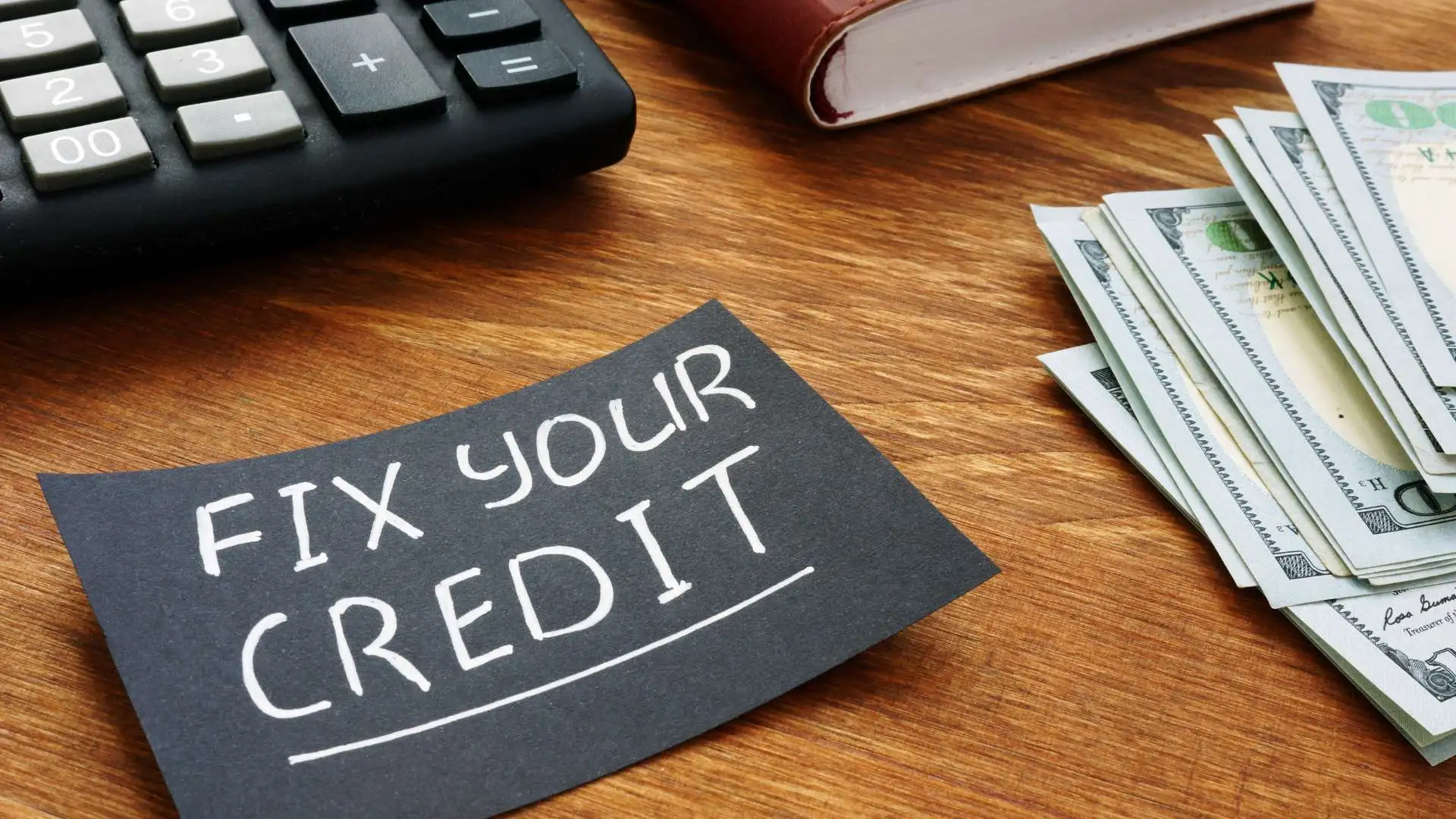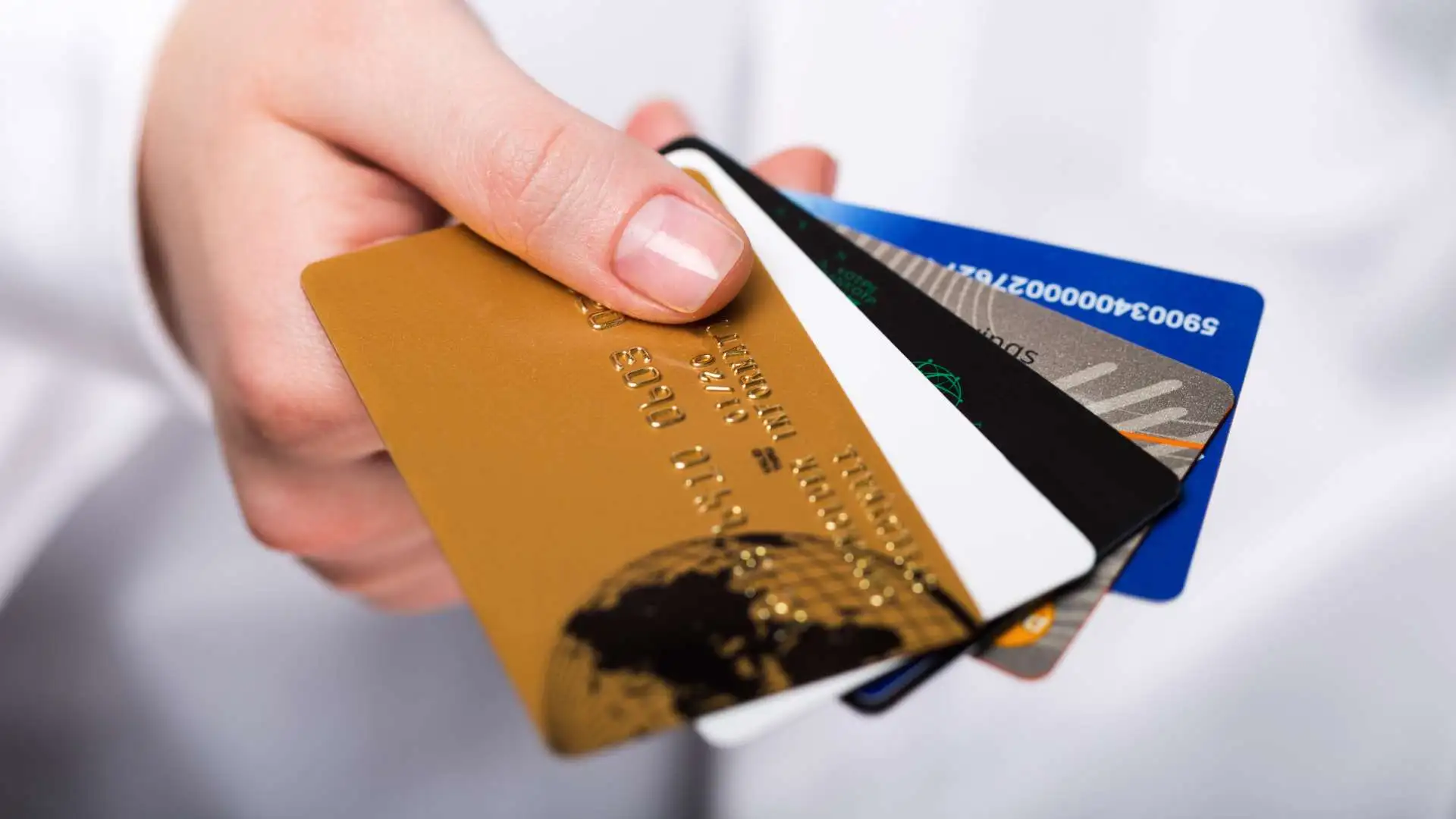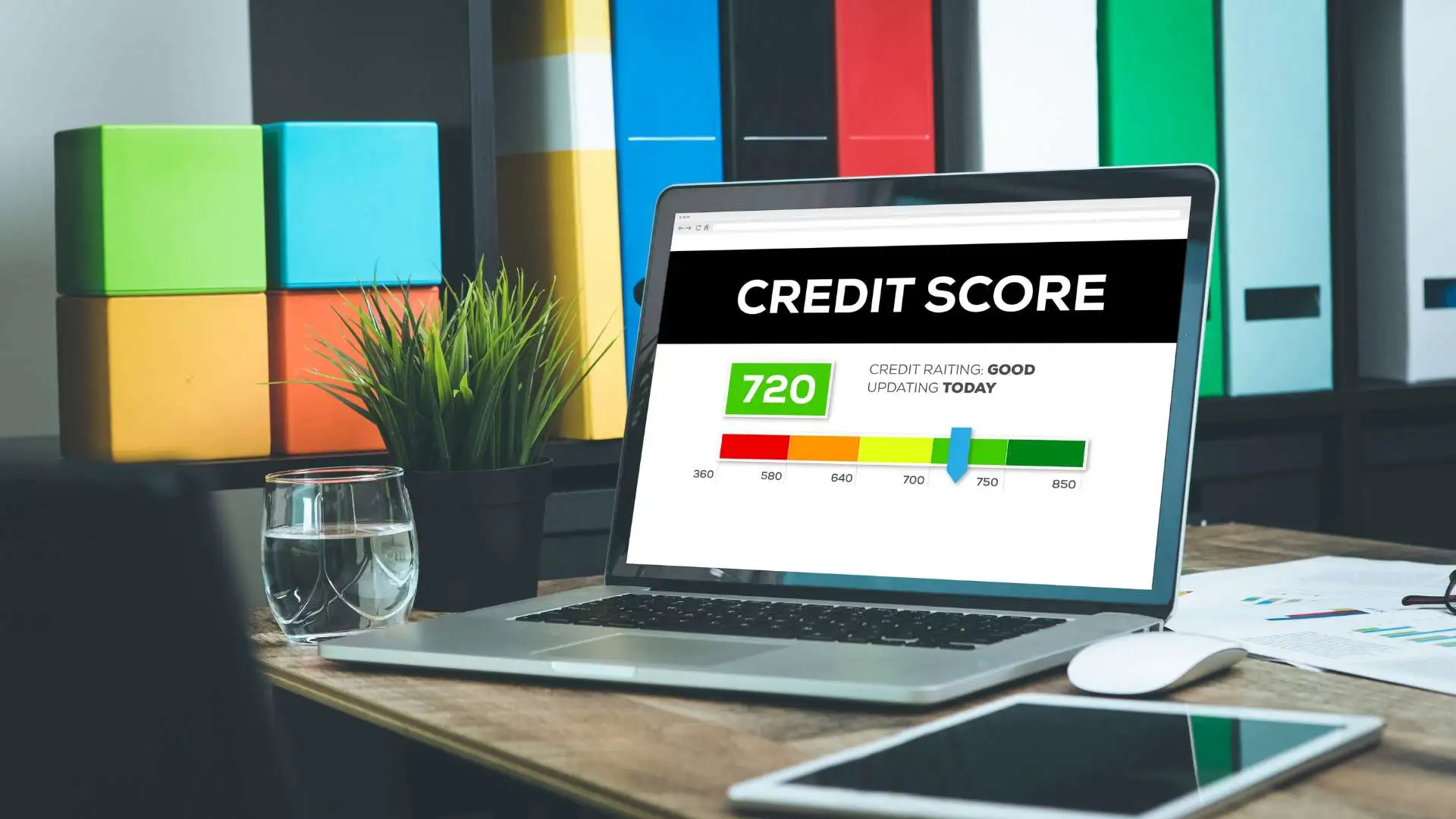You probably already know that you can use credit to make purchases instead of using cash. However, you might not be aware that there’s a difference between the revolving credit on your credit card and other types of credit lines. Understanding the differences between varying types of credit accounts can help you improve your credit score over time.
We’ll take a closer look at the idea of revolving credit and how it works. We’ll show you a few scenarios where you can use revolving credit and how to avoid credit overuse. Finally, we’ll also show you how you can protect your credit with free MoneyLion credit monitoring.
What is Revolving Credit?
Revolving credit is a type of credit that restores itself automatically after you pay off what you’ve borrowed. For example, let’s say that you have a credit card with a $10,000 limit and you spend $2,000. Before you pay off your debt, you can only put another $8,000 on your credit card. As soon as you make a $2,000 payment, the credit is fully restored and you can use your full $10,000. You can use a revolving credit account again and again as long as you keep up with payments.
You might immediately think of credit cards when you hear the term “revolving credit.” While standard credit cards are definitely a type of revolving credit, there are also other ways that you can get revolving credit without having to use a major credit card.
Creditors who issue you revolving credit may charge interest on the amount you borrow. Interest is the amount charged by a lender for the use of assets. For example, you may have a credit card with a revolving balance and have a minimum payment that you need to make each month.
If you don’t make your minimum payment, your bank or credit card company may charge you a certain amount of interest. Interest and minimum payments vary by provider. Make sure you read the full terms and conditions of any credit you’re interested in getting.
If you do need to pay interest or fees on a revolving line of credit, your credit provider will often automatically deduct these charges from your revolving balance. For example, let’s say that you accrue $5 in interest on a $1,000 charge and that your revolving credit line has a total limit of $10,000.
At the end of the month, your lender would deduct both the original charge ($1,000) and your interest ($5) from your available balance. Your total available credit to use would then be $8,995. To restore your full $10,000 credit line, you’ll need to make a payment of $1,005.
Revolving Credit vs. Line of Credit: What’s the Difference?
Non-revolving credit accounts differ from revolving accounts in one major way: You can’t reuse the balance. Lines of credit and loans often function as non-revolving types of credit. Conventional mortgages, student loans and personal loans are some of the most common types of non-revolving credit sources you’ll see. Let’s look at an example.
Imagine that you borrow $5,000 from your bank to buy a used car. When you sign on the loan, you agree to repay your bank $5,000 over time in monthly installments. In exchange for giving you the loan, your lender also charges you interest on each standard payment.
After you get the lump sum you need to buy the car, you can’t pull more money out of the loan once you begin making payments. Once you fully pay off the loan and all outstanding interest, the bank closes the account.
Non-revolving lines of credit have a few benefits over revolving credit. Because they pose less of a risk to lenders, you can often get approved for more money. This is because non-revolving accounts often have secured collateral.
For example, if you fall behind on car payments, your bank can seize your car and sell it to get some of its money back. This is also why non-revolving lines of credit often have lower interest rates compared to revolving accounts as well. Non-revolving lines of credit are best for large, one-time expenses, like paying for college or starting a business. For everyday personal use, you’re better off choosing a revolving account.
Examples of Revolving Credit
Let’s look at a few examples of revolving credit and how to use each method.
Credit Cards
Credit cards are the most common sources of revolving credit. When you apply and get approved for a credit card, your bank or credit card company uses the information on your income and debt to extend you a line of credit.
Your total line of credit is the maximum amount you can charge on the card before you make a payment. If you charge up to your limit, you’ve “maxed out” your line of credit and you can’t charge any more until you make a payment. Credit cards incur monthly interest, so try to pay off your balance in full every month if you can.
Charge Cards
Charge cards are a type of credit card with one key difference — you need to pay your balance off in full every month. Depending on who issues the charge card, you may or may not have a spending limit.
If you don’t pay your balance off in full, your charge card issuer can charge you a late payment fee. If you do pay your balance off every month, the charge card company will restore your credit and you can use it again during the next month. Charge cards may also have annual fees.
Home Equity Line of Credit (HELOC)
A home equity line of credit (HELOC) is a line of credit secured by the equity you’ve built in your home. If you have a mortgage and you’ve made any kind of payment on your loan, you can tap into your home’s equity in as little as 30 to 45 days after getting a mortgage.
A HELOC gives you access to a revolving line of credit based on the amount you’ve paid off your mortgage. For example, let’s say that you’ve paid off $20,000 of your mortgage. This means that you have $20,000 worth of equity in your home. A bank or mortgage lender typically offers between 75% to 80% of your equity in a revolving line of credit — in this example, you’d get $17,000.
Like other types of credit providers, HELOCs also charge interest. Many mortgage lenders even issue HELOC cards, which function much like a credit card, so you’ll have easy access to your loan. Your ability to get a HELOC may vary depending on your credit score, home condition and an appraisal.
Best Practices: How to Use Your Revolving Credit
It’s important to use your revolving credit carefully — especially if you have bad credit or you’re still working to build credit. Here are some ways to manage your revolving credit and raise your credit score.
Control Your Spending
The best way to avoid debt is to charge only what you absolutely need. Both revolving and non-revolving accounts can be great for your credit score if you make your payments on time. However, they can also damage your credit if you start missing payments.
Minimize the amount that you put on your cards and try to pay them off in full at the end of the month. If you need to make a large payment that you won’t be able to pay off in full, have a plan for how you’ll reduce the debt over time.
Know Your Due Dates
Every type of revolving credit account will have a payment due date. If you miss your payment due date, your bank or credit card provider may charge you a late fee or interest.
Read the terms of all of your accounts and make sure you know your minimum payment due date. You may want to mark your due date in a desk calendar or on your cell phone’s planner app as a reminder to schedule your payment. Your credit card provider may also allow you to enable automatic bill pay, which can deduct your minimum balance directly from your account.
Create a Budget
Whether you earn $100 a day or $100 an hour, it’s a good idea to maintain a household budget. Sit down with your finances and decide how much you need to set aside for necessities each month, like rent, utilities and child care. Then, divide up the remaining funds into “fun” categories like clothes shopping and eating out. Solid budget plans for each month will help you avoid credit overuse.
Manage Your Revolving Credit with MoneyLion
Are you working your way toward a better credit score? MoneyLion can help you balance your finances and improve your score. MoneyLion’s continuous credit monitoring service gives you access to 24/7 fraud protection in your MoneyLion Checking account. Use the MoneyLion app to check on your credit score at any time and track your progress as you pay down debt and make your monthly payments.
MoneyLion’s credit monitoring can give you an easy, at-a-glance view of your:
- Payment history percentage
- Age of your credit
- Credit utilization rate
- Credit inquiries
- Loans
- Revolving accounts
- Mortgages
- Miscellaneous accounts
- Collection accounts
- History of your credit score over time
MoneyLion also offers a credit simulator tool that shows you how your score would change if you pay off a loan or miss a payment. These features are completely free when you open a Zero-Fee Checking Account with MoneyLion.
Using Revolving Credit to Your Advantage
A reliable source of revolving credit can be an important asset. Revolving credit can help you manage emergency expenses and fines, cover unexpected bills and even improve your credit score. Have a spending plan in place and pay off your balance in full every month to help you enjoy all the benefits of revolving credit.
Download the MoneyLion app today from the Google Play or Apple App store so you can take advantage of low-interest loans, free credit monitoring and easy-to-navigate finances.










